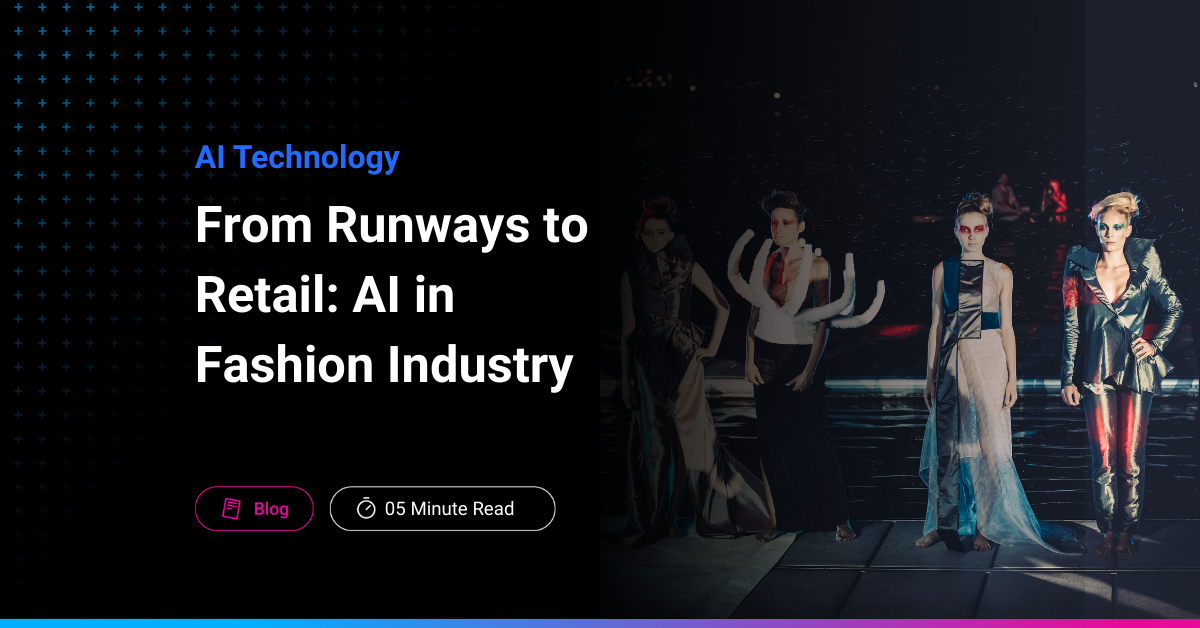Service that suites your needs
Our custom software development process revolves around an AI-centric approach, enhancing user experiences and delivering highly efficient solutions through advanced artificial intelligence technologies.
.png?width=292&height=132&name=Image%20(3).png)
Our custom software development process revolves around an AI-centric approach, enhancing user experiences and delivering highly efficient solutions through advanced artificial intelligence technologies.
.png?width=292&height=132&name=Image%20(3).png)
At Phyniks, we combine AI and creativity to drive innovation. Our tailored solutions yield extraordinary results. Explore our knowledge base for the latest insights, use cases, and case studies. Each resource is designed to fuel your imagination and empower your journey towards technological brilliance.
.png?width=284&height=129&name=Image%20(4).png)
At Phyniks, we combine AI and creativity to drive innovation. Our tailored solutions yield extraordinary results. Explore our knowledge base for the latest insights, use cases, and case studies. Each resource is designed to fuel your imagination and empower your journey towards technological brilliance.
.png?width=284&height=129&name=Image%20(4).png)

The fashion industry is fast-paced and constantly evolving, but it faces several challenges. Retailers struggle with predicting trends, managing supply chains efficiently, and providing personalized shopping experiences. Customers, on the other hand, deal with inconsistent sizing, overwhelming choices, and long delivery times.
According to McKinsey, fashion brands that leverage AI in fashion retail see up to a 50% reduction in forecasting errors and a 30% increase in sales margins.
And Generative AI has the potential to contribute between $150 billion and $275 billion to the operating profits of the apparel, fashion, and luxury industries over the next three to five years.
This massive impact highlights AI’s growing importance, not just as a a change, but as a key driver of value and innovation in the fashion world. With AI in the fashion industry, businesses can streamline operations, reduce waste, and create a more tailored shopping experience.
From predicting trend, supply chain to revolutionizing fabric recycling, AI is helping the fashion industry take real steps toward sustainability. As AI continues to evolve, the fashion world is moving closer to a future with less waste and more responsible production.
Fashion is unpredictable, but AI and fashion forecasting go hand in hand. Traditionally, brands relied on trend forecasters and historical data to make design decisions. Now, AI in the fashion industry uses machine learning to analyze social media trends, search engine data, and consumer behavior to predict upcoming styles with greater accuracy.
For example, Google’s Trend Analysis tools and AI-powered platforms like Heuritech help brands analyze millions of social media posts to identify emerging trends. This data-driven approach allows brands to design collections that align with future customer preferences, reducing wasted inventory and increasing profitability.
Zara, known for its fast fashion model, leverages AI to analyze customer feedback and sales data, ensuring that its designs are always aligned with consumer demand. This not only improves sales but also helps reduce excess stock that would otherwise go to waste.
Managing the supply chain is one of the biggest challenges in fashion. From sourcing raw materials to manufacturing and distribution, inefficiencies lead to overproduction, waste, and higher operational costs. AI in fashion retail helps optimize these processes by predicting demand, reducing waste, and improving logistics.
AI-driven inventory management systems analyze historical sales data, seasonal trends, and consumer behavior to ensure that brands produce the right amount of stock. This minimizes the risks of overproduction and unsold inventory. H&M, for instance, uses AI to analyze sales patterns, helping the brand determine which items to restock and in what quantities.
.png?width=1000&height=666&name=image%20(10).png)
Additionally, AI-powered logistics solutions help optimize delivery routes and warehouse management. Companies like Li & Fung use AI-driven digital supply chains to connect retailers with suppliers in real time, improving efficiency and reducing lead times. This ensures that fashion brands can respond to market demand quickly while maintaining a more sustainable production cycle.
Modern consumers expect a personalized shopping experience, whether online or in-store. AI and fashion brands are working together to create hyper-personalized experiences by analyzing customer preferences, browsing history, and past purchases.
AI-driven recommendation engines, like those used by ASOS and Nordstrom, analyze customer behavior to suggest products tailored to individual tastes. Virtual stylists powered by AI, such as Stitch Fix’s recommendation system, curate personalized outfit suggestions for users based on their preferences and feedback.
Chatbots and virtual assistants also enhance customer service. AI-powered tools like Sephora’s Virtual Artist use augmented reality and AI to allow customers to try on makeup virtually before making a purchase. Similarly, brands like Nike use AI-driven customization tools to let customers design their own sneakers, making the shopping experience more engaging and unique.
Counterfeit fashion products are a massive problem, costing the industry billions of dollars annually. Fake products not only hurt brand reputation but also lead to dissatisfied customers who unknowingly purchase substandard goods. AI in fashion retail is changing the game with advanced authentication systems.
For instance, AI-driven tools like Entrupy and the “Dupe Killer” AI system are helping brands detect counterfeit goods in real-time. These systems analyze product images, stitching patterns, and material quality to determine authenticity.
AI also scans marketplace listings and social media ads to flag potential counterfeit sellers before they reach unsuspecting buyers. With AI in the fashion industry, brands can protect their intellectual property, maintain credibility, and build trust with their customers.
One of the biggest struggles for online shoppers is determining whether a piece of clothing will suit their body type, size, or personal style. This uncertainty often leads to high return rates, costing businesses money. AI-powered virtual try-ons are solving this issue.
Brands like Gucci and ASOS have integrated AI-driven augmented reality (AR) solutions that let shoppers visualize how clothing, accessories, or even makeup will look on them before purchasing. AI in fashion retail uses deep learning models to map clothing onto a shopper’s body in real time, ensuring a more personalized shopping experience. This not only improves customer satisfaction but also reduces returns, helping retailers save costs and minimize waste.
With an overwhelming number of choices, shoppers often struggle to find products that match their preferences. AI-powered recommendation engines are making shopping easier by analyzing browsing history, past purchases, and real-time interactions to offer hyper-personalized suggestions.
Retail giants like Zalando and Amazon leverage AI in fashion to display recommendations that align with customers' tastes, price range, and current trends. AI analyzes patterns in fashion retail, predicting what customers are likely to buy next and displaying relevant products accordingly. This enhances customer engagement, boosts sales, and increases brand loyalty.
Sustainability is a major concern in the fashion industry, with fast fashion contributing to excessive waste and pollution. AI is playing a crucial role in reducing fashion’s environmental impact.
AI-powered tools help brands optimize material usage, reduce fabric waste, and improve production efficiency. Companies like Patagonia use AI to track their carbon footprint and find ways to minimize waste. AI-driven demand forecasting also prevents overproduction, ensuring that brands manufacture only what is needed. By implementing AI in fashion industry processes, brands can move toward a more sustainable and eco-friendly future while maintaining profitability.
.png?width=896&height=576&name=image%20(11).png)
Fashion waste is one of the biggest challenges the industry faces today. Every year, millions of tons of textile waste end up in landfills, and fast fashion only adds to the problem. AI is now playing a critical role in reducing this waste by optimizing production, recycling materials, and developing sustainable alternatives.
One breakthrough example is Epoch Biodesign, a U.K.-based startup that started as a high school science project and is now backed by $18.3 million in funding. The company has developed AI-accelerated enzymes that break down plastic waste from fast fashion. These enzymes target polyester, a common synthetic fabric, and help recycle it into reusable components, reducing the need for virgin plastic production.
Beyond recycling, AI is also helping fashion brands minimize fabric waste in production. AI-powered cutting algorithms analyze fabric layouts to reduce excess material during garment manufacturing. Companies like Zara and H&M are integrating AI-driven inventory management to avoid overproduction, ensuring that fewer unsold clothes end up discarded.
AI in fashion is still in its early days, especially when it comes to generative AI. While AI-powered tools have been around for less than two years, their adoption in product design is even more recent. The challenge? Fashion spans diverse categories- clothing, accessories, jewellery, and more- each requiring unique AI adaptations.
.png?width=1137&height=351&name=image%20(12).png)
Currently, the market consists of two types of players: existing design platforms integrating AI as an additional feature (like Cala) and startups specializing in AI-driven asset generation (such as Cre[ai]tion and Raspberry AI). These tools help brands personalize products by analyzing first-party data, user preferences, and visual inputs like images and text. Raspberry AI, for instance, focuses on AI-powered trend forecasting, supporting designers from concept to creation. Similarly, Six Atomic enhances production efficiency with AI-driven rapid prototyping.
AI is transforming the fashion industry at every level, from design to retail. As technology advances, brands are increasingly relying on AI to predict trends, personalize shopping experiences, and create digital content that enhances customer engagement. The future of fashion is no longer just about creativity—it’s about how AI in fashion can make the industry smarter, faster, and more efficient.
AI-generated visuals are revolutionizing the way fashion brands showcase products. Instead of traditional photoshoots, AI in fashion retail is now used to create high-quality, photorealistic images of clothing, accessories, and models. These AI-driven visuals help businesses cut costs while maintaining creative flexibility.
Shoppers today expect more than just a generic experience. AI in the fashion industry is helping brands tailor recommendations, designs, and even pricing to individual customers based on their preferences, browsing history, and purchasing behavior.
AI and fashion are merging to create never-before-seen designs. Generative design, powered by AI, allows for the creation of unique, data-driven styles that adapt to trends, sustainability efforts, and customer preferences.
Marketing and branding in fashion are becoming more immersive, and AI-driven animations are changing how consumers engage with brands. AI in the fashion industry is making it easier to create eye-catching digital visuals that bring clothing and accessories to life.
These are already on roll with the Copenhagen-based brand Heliot Emil partnered with an AI company to build a custom algorithm and feed it past collections to create new products.
.png?width=800&height=514&name=image%20(13).png)
AI in fashion is transforming everything from trend forecasting to personalized shopping, but the industry is still navigating its full potential. While some brands have started integrating AI in fashion retail and product design, many are still testing and refining their approach. The challenge remains, how to make AI in the fashion industry more accessible and seamless for designers and retailers.
For brands looking to explore how AI is used in fashion and retail without the guesswork, Phyniks can help.
Whether it’s AI-powered trend prediction, supply chain optimization, or personalized shopping experiences, our expertise ensures smooth AI integration tailored to your business needs. Get in touch today and bring AI-driven innovation to your fashion brand

Sign up for Links for Thinks — a weekly roundup of resources like this to help you uplevel your design thinking straight to your inbox
We'd love to hear from you! Whether you have a question about our services, want to discuss a potential project, or just want to say hi, we are always here to have meaningful conversations.